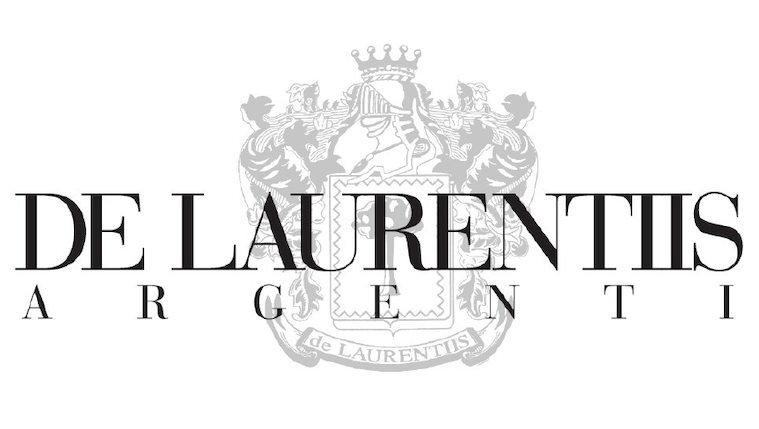DIFFERENCES BETWEEN SILVER 800/000 and 925/000
The legislative decree N.251 of May 22, 1999 sets the thousandths allowed in Italy for the processing of silver. The allowed titles are 800/000 and 925/000 ; the same decree allows the processing of the precious metal even in thousandths higher (but not lower) than those established, an example is the punching of the title 835/000.
What denotes the punching and what are the differences between 800/000 and 925 silver/000? By 800/000 silver is meant that out of a thousand metal parts, 800 are silver and 200 copper alloy; in the same way 925/000 designates that out of a thousand metal parts, 925 are in silver and 75 in copper alloy. Silver 925/000 is also called Sterling. Italian artefacts, especially the oldest ones, are mainly of the 800/000 title, rarely are the 916/000 and 950/000 titles (sometimes used in the 19th century); otherwise it happens in Great Britain where thousandths lower than 925 are not admitted.
SILVER 1000/1000
Silver 1000/1000, or silver in its pure state, is so ductile and malleable as to make it impossible to work and therefore make objects, such as a candlestick. So when you are faced with a 1000/1000 punching on a silver object, it is a metal product that is simply silver and not silver. Silver 1000 (999/1000) is currently on the market in the form of threads and plates and is used to make some coins with limited editions, parts of special cables, preparations of chemical solutions and also as a component (think of colloidal silver ionic in alternative medicine).
